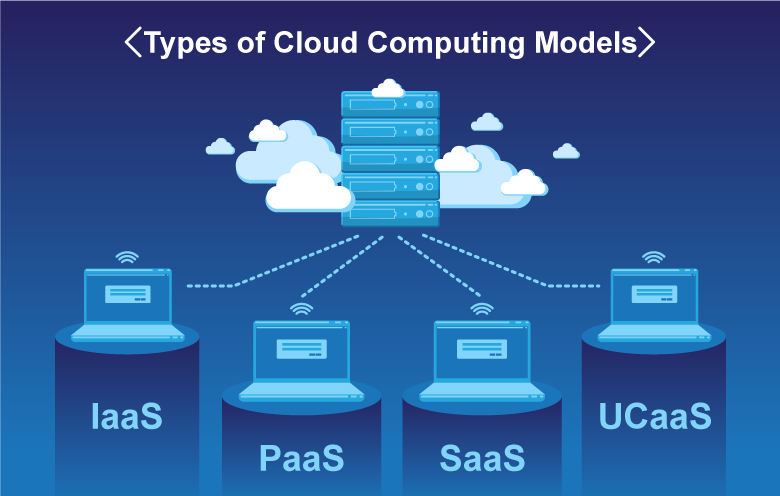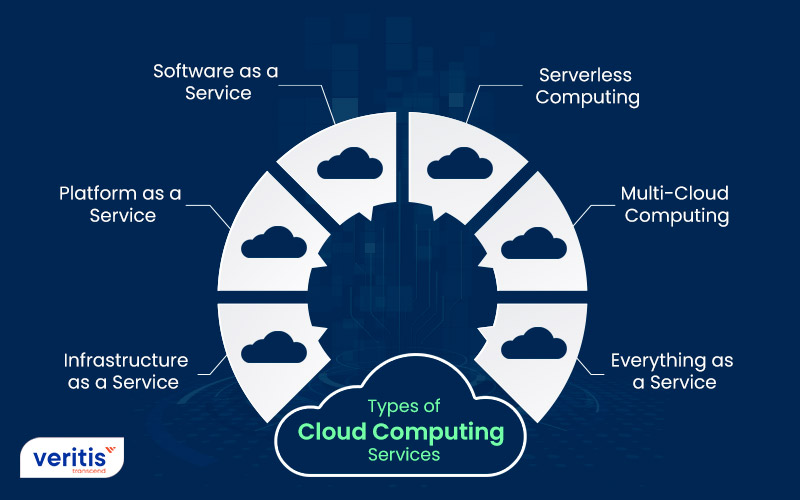Simplify Your Infrastructure With Cloud Services
As organizations browse the ever-evolving landscape of modern technology and information management, the role of cloud services in simplifying infrastructure has actually come to be progressively prominent. The appeal of streamlined processes, boosted effectiveness, and boosted resource allocation via cloud options is indisputable. The trip towards an extra active and economical IT infrastructure entails more than simply migrating to the cloud. It requires a calculated approach and a deep understanding of the subtleties of cloud adoption. So, just how can services effectively navigate this shift and genuinely open the potential of cloud services for simplifying their framework?
Benefits of Cloud Solutions
Cloud services supply a streamlined approach to managing IT framework, giving companies with flexibility, cost-efficiency, and scalability. One of the vital advantages of cloud services is the scalability they supply.
Furthermore, cloud solutions eliminate the demand for companies to buy expensive software and hardware. This cost-efficiency is a substantial benefit, especially for small to medium-sized ventures aiming to reduce in advance prices. By using cloud solutions, companies can access premium IT sources without the hefty cost associated with typical infrastructure configurations.
Additionally, cloud solutions supply businesses with the adaptability to access their data and applications from anywhere with an internet connection. This degree of availability boosts collaboration among groups, enables remote work, and enhances general efficiency. The adaptability used by cloud solutions encourages services to adapt rapidly to transforming market problems and customer needs.
Cost Financial Savings and Scalability
In addition to the operational benefits highlighted earlier, the combination of cloud solutions right into a firm's infrastructure generates considerable expense savings and boosted scalability. Cloud services use a pay-as-you-go design, permitting businesses to scale resources up or down based on current needs, consequently avoiding the expenses related to preserving excess capacity. This versatility allows business to adapt swiftly to rising and fall needs without incurring unneeded expenses.
In addition, cloud services remove the demand for ahead of time investments in software and hardware, lowering capital investment. Overhead are additionally lessened as companies no longer need to take care of and preserve physical servers, bring about reduced power usage and IT staffing costs. Furthermore, cloud solutions supply automatic updates and upkeep, guaranteeing that the framework continues to be updated and safe without calling for hands-on interventions.
Enhanced Security Measures
Executing rigid safety and security measures is paramount when integrating cloud services into a business's facilities to protect sensitive data and make sure conformity with sector laws. Cloud solution suppliers provide boosted protection attributes such as information encryption, firewall defense, and multi-factor verification to minimize cybersecurity risks.
In addition, routine safety and security audits and compliance evaluations help recognize vulnerabilities and ensure adherence to market standards. Firms can likewise gain from features like automated safety and security updates and real-time threat tracking provided by cloud solution suppliers. By focusing on safety and security measures and remaining proactive in addressing prospective threats, businesses can with confidence utilize cloud services while shielding their useful data from unauthorized gain access to or breaches.
Transitioning to Cloud Facilities
To effectively integrate cloud solutions into a company's facilities, an organized strategy that attends to the change in the direction of cloud-based click to find out more solutions is essential. Transitioning to cloud framework entails mindful preparation and implementation to make sure a smooth movement procedure - linkdaddy cloud services press release.
When the evaluation is full, a movement method must be developed. This method must detail the timeline, resources, and obligations for relocating each part to the cloud. It is essential to communicate this strategy plainly to all stakeholders to make certain placement and lessen interruptions throughout the change.
Throughout the migration testing, process and tracking are critical to recognize and attend to any issues quickly. Routine checkpoints ought to be established to track development and make needed adjustments. In addition, training for workers on using cloud solutions must be provided to ensure an effective transition and maximize the benefits of the new framework.
Best Practices for Cloud Fostering
Effective adoption of cloud solutions depends upon the critical alignment of organization objectives with technological abilities and business readiness. To make sure a smooth change have a peek at this site to the cloud, companies must start by performing a detailed analysis of their present framework and identifying which work are best matched for cloud migration. It is essential to entail essential stakeholders from various divisions in the decision-making process to get buy-in and address any problems early on.
Another best method for cloud fostering is to focus on protection and conformity. Organizations should carefully review the safety measures provided by cloud service carriers and guarantee that their data is shielded according to market criteria and governing demands. Carrying out robust data file encryption, access controls, and routine safety audits can aid reduce risks connected with cloud adoption.

Verdict

As services navigate the ever-evolving landscape of modern technology and information monitoring, the duty of cloud solutions in simplifying infrastructure has actually ended up being increasingly noticeable - linkdaddy cloud services press release. Exactly how can organizations properly navigate this change and absolutely unlock the capacity of cloud solutions for simplifying their infrastructure?
Cloud solutions supply a streamlined technique to managing IT framework, offering services with scalability, cost-efficiency, and flexibility. By using cloud services, services can access high-quality IT sources without the large cost tag associated with conventional infrastructure setups.
To ensure a smooth transition to the cloud, organizations ought to begin by carrying out a comprehensive analysis of their existing framework and recognizing which workloads are best fit for cloud movement.